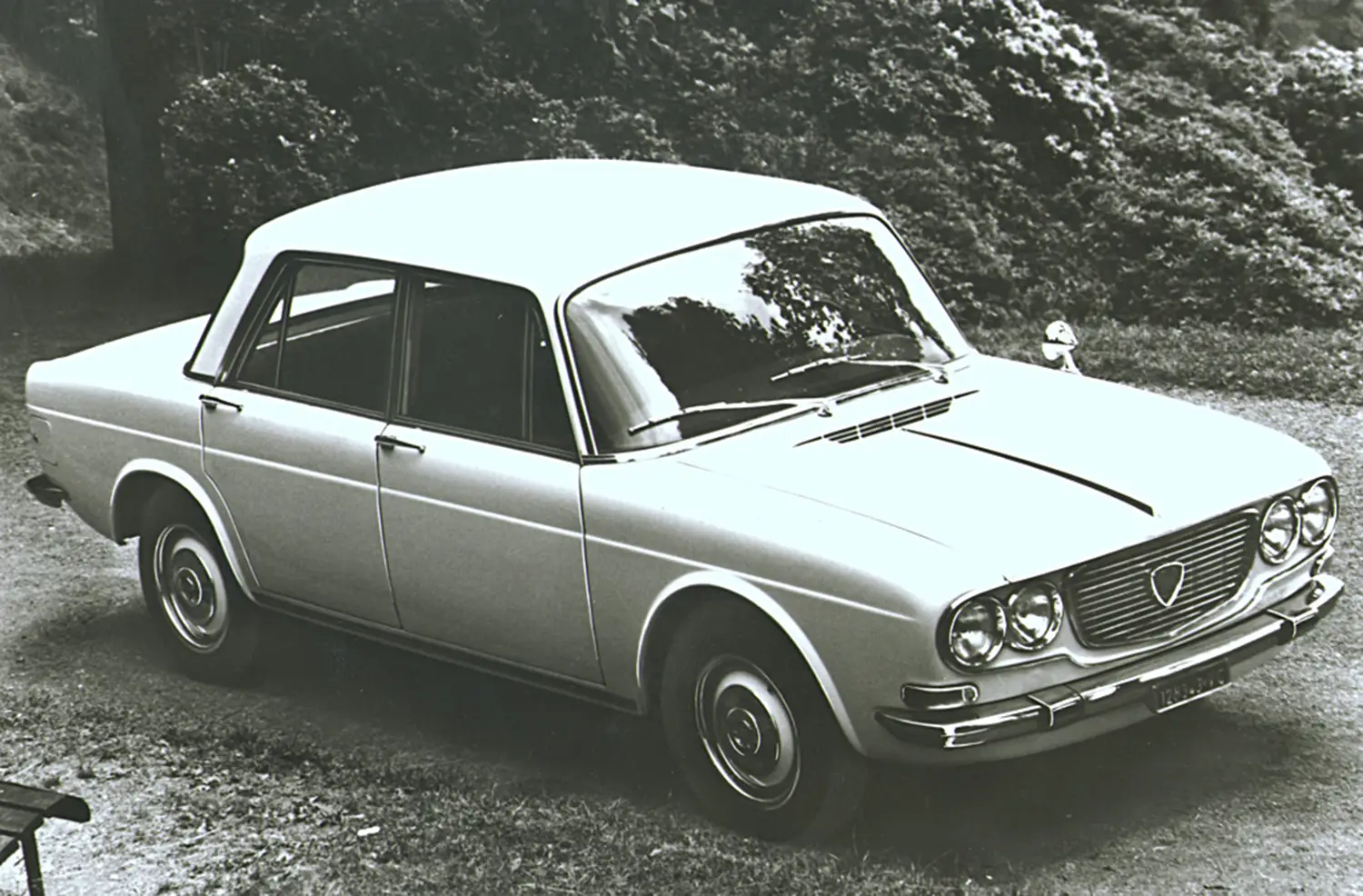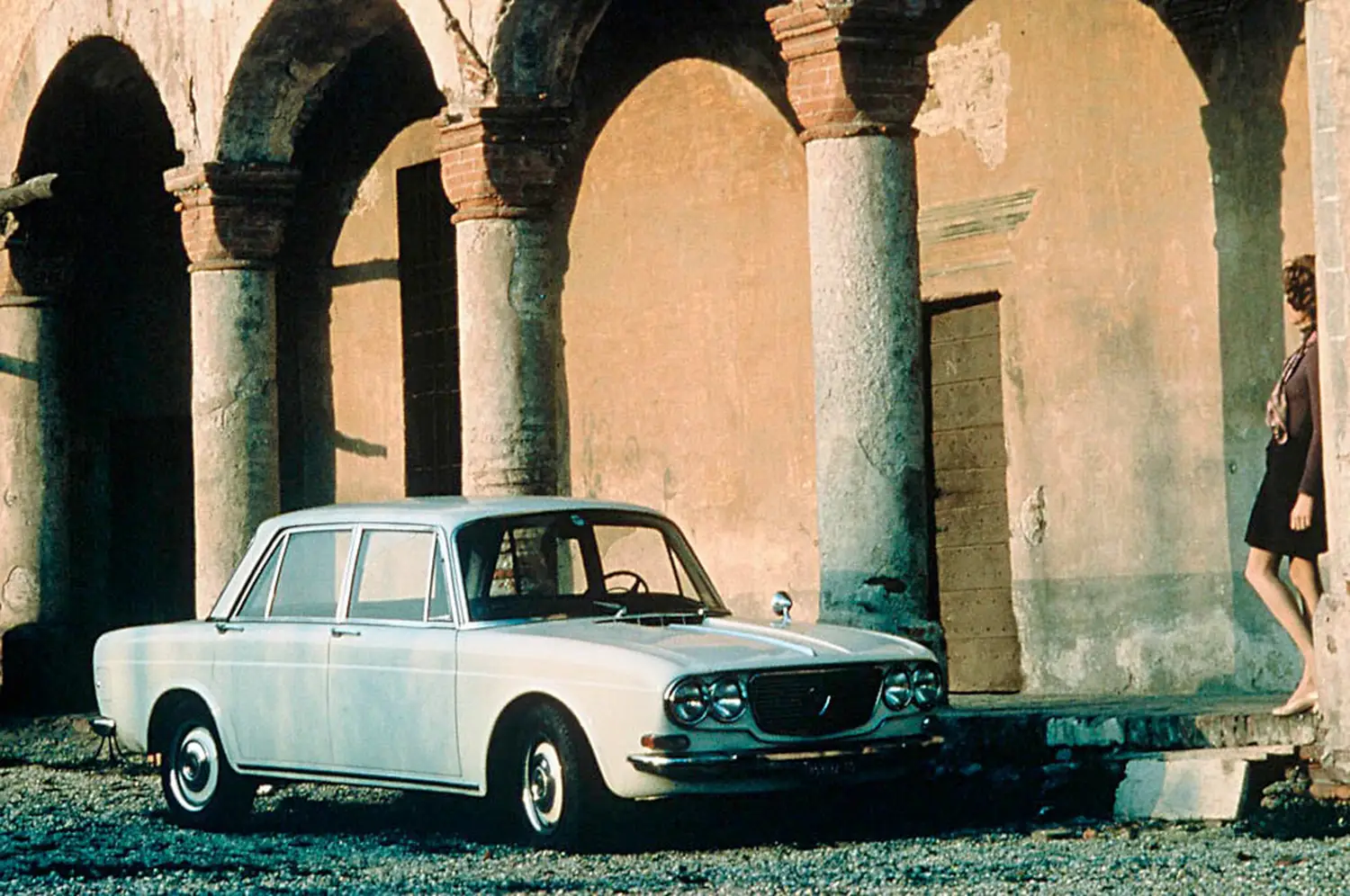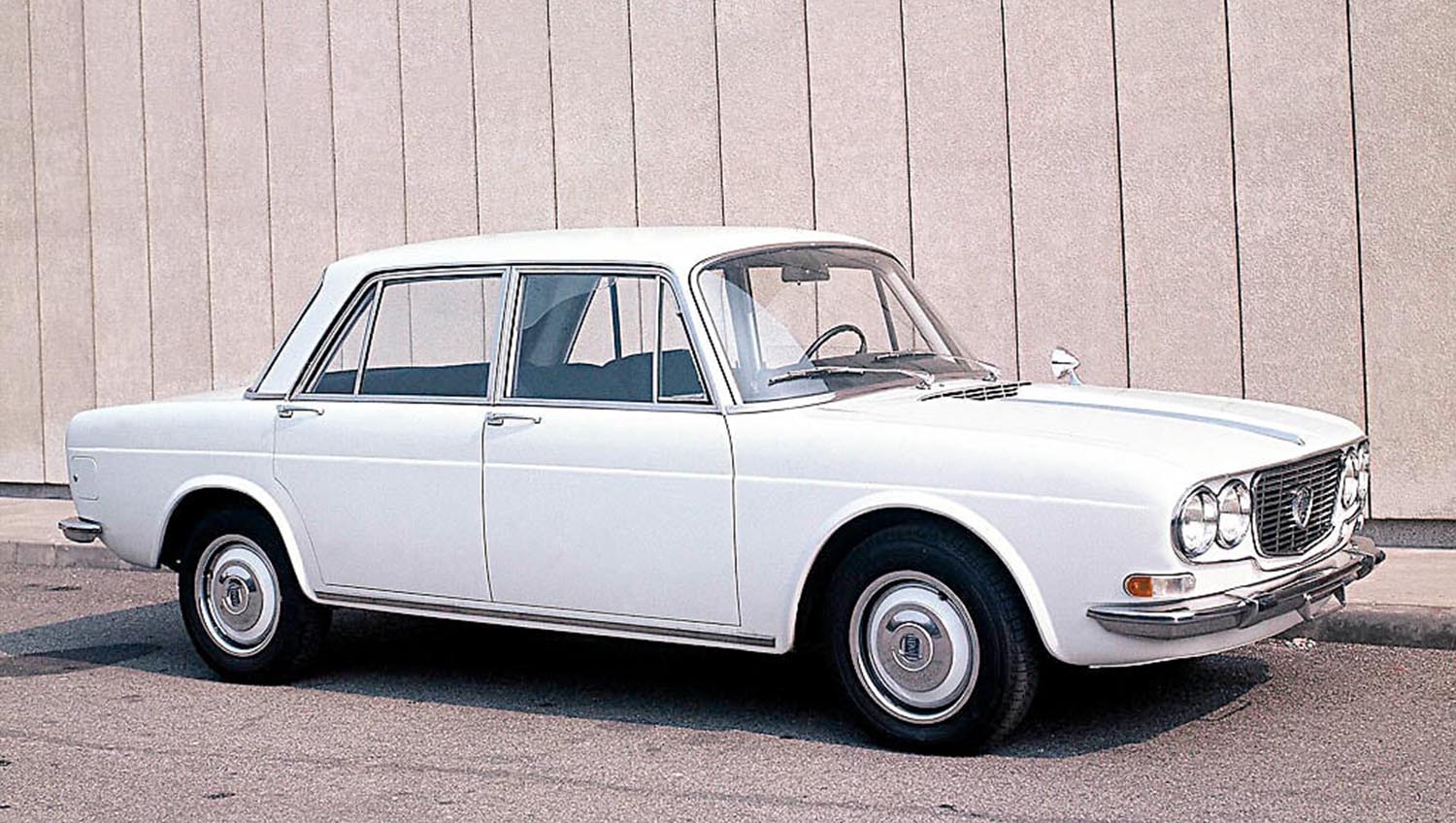
The Lancia Flavia 1.5 2ª Serie is a critical chapter in Italian automotive history. It represents Lancia at its most technically daring, a brand committed to engineering over extravagance. Introduced in 1967, the Second Series Flavia berlina, or sedan, updated the model first seen in 1960. This was not a redesign but a considered evolution, bringing a more contemporary feel to a fundamentally innovative car. It was an executive car defined by its sophisticated mechanicals, targeting a discerning audience. Its square, sober lines concealed a platform that made it a true engineering standout.
The Dawn of FWD in Italy
The Flavia was a turning point for Lancia. Under the guidance of engineer Antonio Fessia, it became the first Italian production car with front-wheel drive. Fessia was a firm believer in the FWD layout for its superior handling and packaging efficiency. This design choice allowed for a remarkably spacious interior, a notable achievement in its class. For the Flavia, the mechanical group was mounted on a dedicated subframe. This smart setup isolated the cabin from noise and vibration, greatly enhancing comfort.
Refining the Second Series Design
The original Flavia’s appearance was somewhat polarizing for its boxy shape. The 1967 Second Series facelift addressed this with a more modern aesthetic. Designers squared up the look, giving the sedan cleaner, more defined lines. This revised styling brought the car more in line with the smaller, successful Lancia Fulvia. The Second Series cars also featured an improved, more luxurious interior environment. The dashboard, for example, gained a more integrated and sophisticated appearance.

A Groundbreaking Drivetrain and Chassis
Beyond the front-wheel-drive system, the Flavia was bristling with innovation. It was also one of the first production cars globally to feature disc brakes on all four wheels. This was a significant step for safety and performance in the mid-1960s. Moreover, the braking system employed a unique, dual hydraulic circuit. This redundancy offered an extra layer of security that was rare for its era. The suspension used independent wishbones at the front for precise control.
The Boxer Engine Philosophy
At the core of the Lancia Flavia 1.5 2ª Serie’s character is its flat-four boxer engine. This horizontally-opposed configuration provided a very low center of gravity. Consequently, this feature contributed significantly to the car’s superb balance and stable road holding. The engine’s all-aluminium construction also helped to manage weight, a crucial factor for a front-wheel-drive car. This technical detail confirms Lancia’s commitment to advanced engineering solutions.
Engineering for Performance
The Lancia Flavia 1.5 2ª Serie was equipped with the 1488 cc Lancia H4 engine. This unit delivered a solid 80 horsepower at 5200 rpm. Its maximum torque was equally modest, approximately 11.3 mkg at 3000 rpm. This power was channeled through a four-speed all-synchromesh manual gearbox. The car was not built for outright speed but for confident, high-speed touring. The top speed was around 150 km/h, which was respectable for the time. Its true performance lay in its handling predictability and robust, all-weather stability.
Flavia’s Enduring Market Presence
The Flavia was eventually rebadged as the Lancia 2000 towards the end of its run. This change signaled the end of its run as a separate model designation. However, the model’s legacy of technical excellence remained. Today, the Lancia Flavia 1.5 2ª Serie is appreciated by connoisseurs. They value its role in Lancia’s golden age of engineering. It is a car that speaks to a philosophy where innovation was paramount.
The Lancia Flavia 1.5 2ª Serie stands as an icon of technical sophistication. Its adoption of front-wheel drive, a flat-four engine, and four-wheel disc brakes set new standards. The Second Series model refined its look, cementing its place as an understated executive sedan. Its enduring appeal rests on its mechanical brilliance and the purity of its engineering-first approach.
Disclaimer: Content on this site is for informational purposes only. Vehicle specs, pricing, and availability may change. Always verify details with official sources before making decisions. Opinions are those of the authors.
Source: Stellantis

